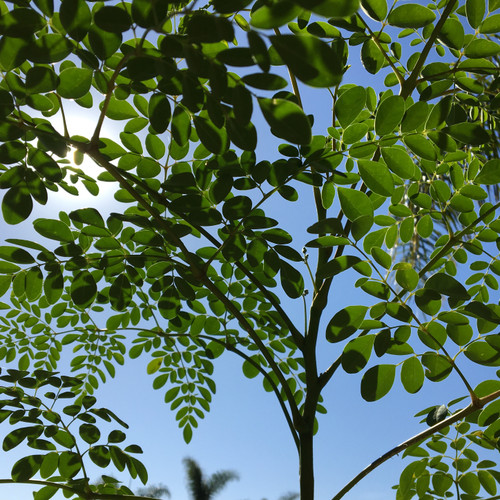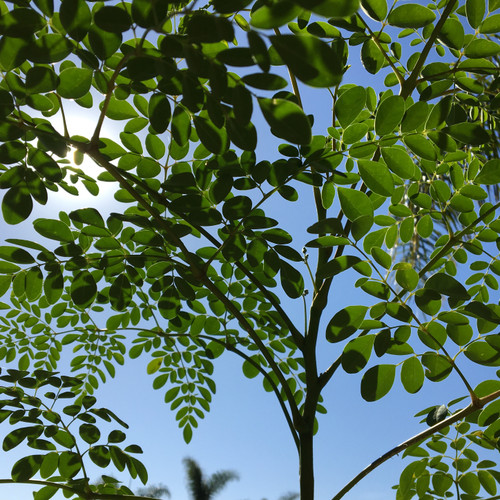The Moringa Oleifera, also known as the Moringa tree, the drumstick tree, miracle tree, or the horseradish tree, is a small tree that is native to the foothills of the Himalayan mountains in the northern part of India. The Moringa tree is considered a superfood and is highly valued for its edible parts that are extremely high in nutrients and minerals, as well as their beautiful ornamental features. Moringa trees are fast-growing and can reach 40 feet in height, but has droopy, spindly branches, usually and hopefully weighted with long seedpods, which look sort of like a thick, ridged green bean. Moringa Trees are For thousands of years, this small tree has been cultivated by different cultures throughout India and Africa because of its health benefits. One of the biggest benefits of the Moringa tree is that it can be grown in extremely arid regions where rainfall is in limited supply. It also tolerates a wide range of soils and can be grown in regions ranging from old, depleted pasture land to lands bordering desertification.
Almost the entire tree is edible: the leaves are cooked like spinach, the seedpods are edible when young, the seeds are edible when immature or mature, the roots are edible, with a spicy flavor reminiscent of horseradish. The nutritional makeup of the Moringa is incredibly impressive: the leaves contain 27 percent protein by dry weight, including a full array of the amino acids that humans need; that’s higher than almost any plant besides legumes. Moringa’s high levels of vitamin A, vitamin C, B vitamins, and manganese make it a highly nutritious tree.









